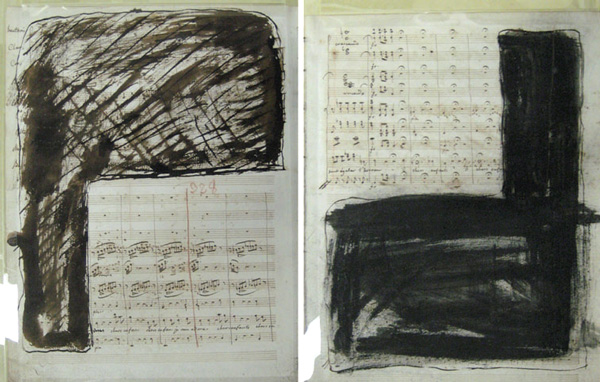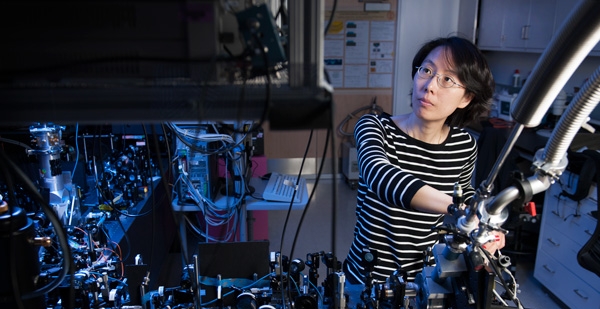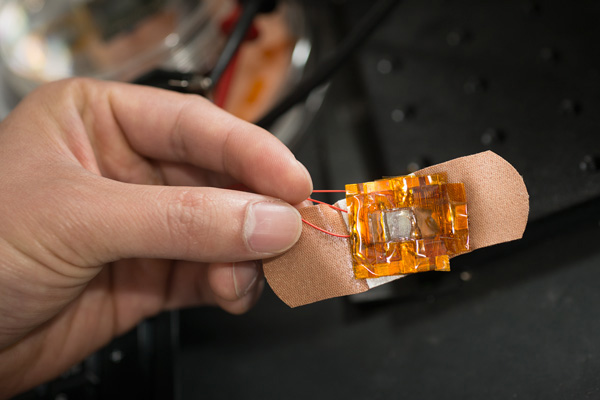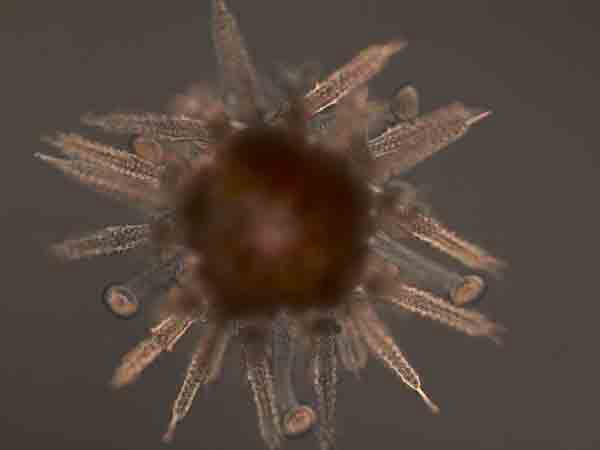
Stanford scientists eavesdrop on erupting volcano’s astonishing seismic sound
Stanford University, July 2013When volcanoes grumble, scientists listen.In 2009, Redoubt Volcano outside Anchorage, Alaska, began spewing towering ash plumes more than 12 miles tall. While similar volcanic outbursts are common in Alaska, seismic sensors listening to the volcano’s innards recorded something unusual: an accelerating series of earthquakes leading up to each of the volcano’s eruptions.
Picked up by National Geographic, New Scientist, Discovery News, ScienceNOW, Los Angeles Times, EarthSky, NPR, Wired.com, The Guardian, CBS News and others.




